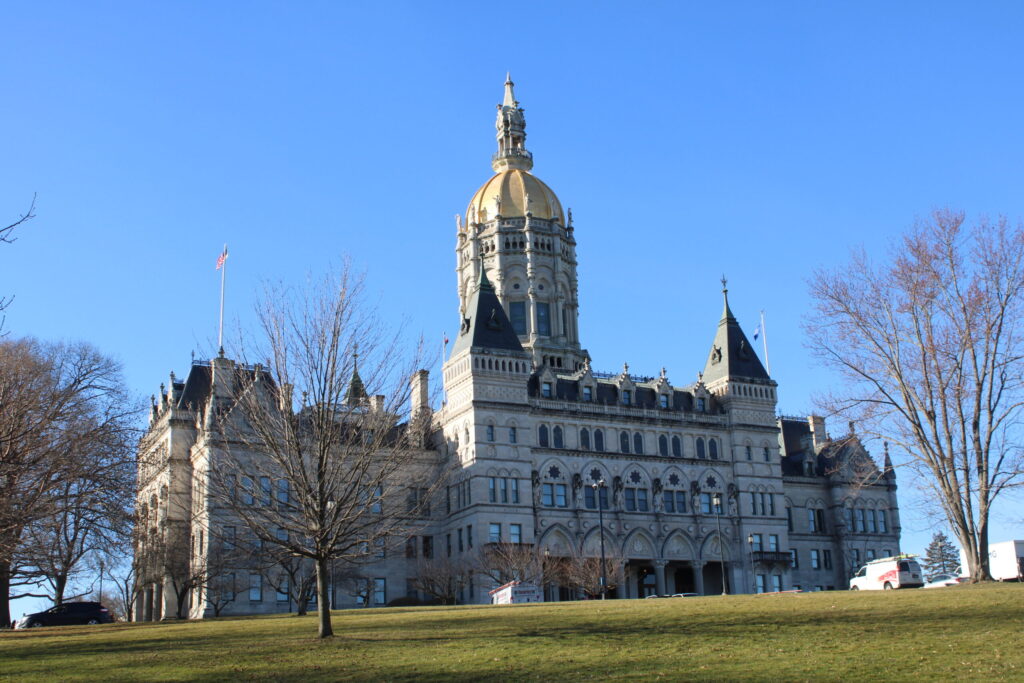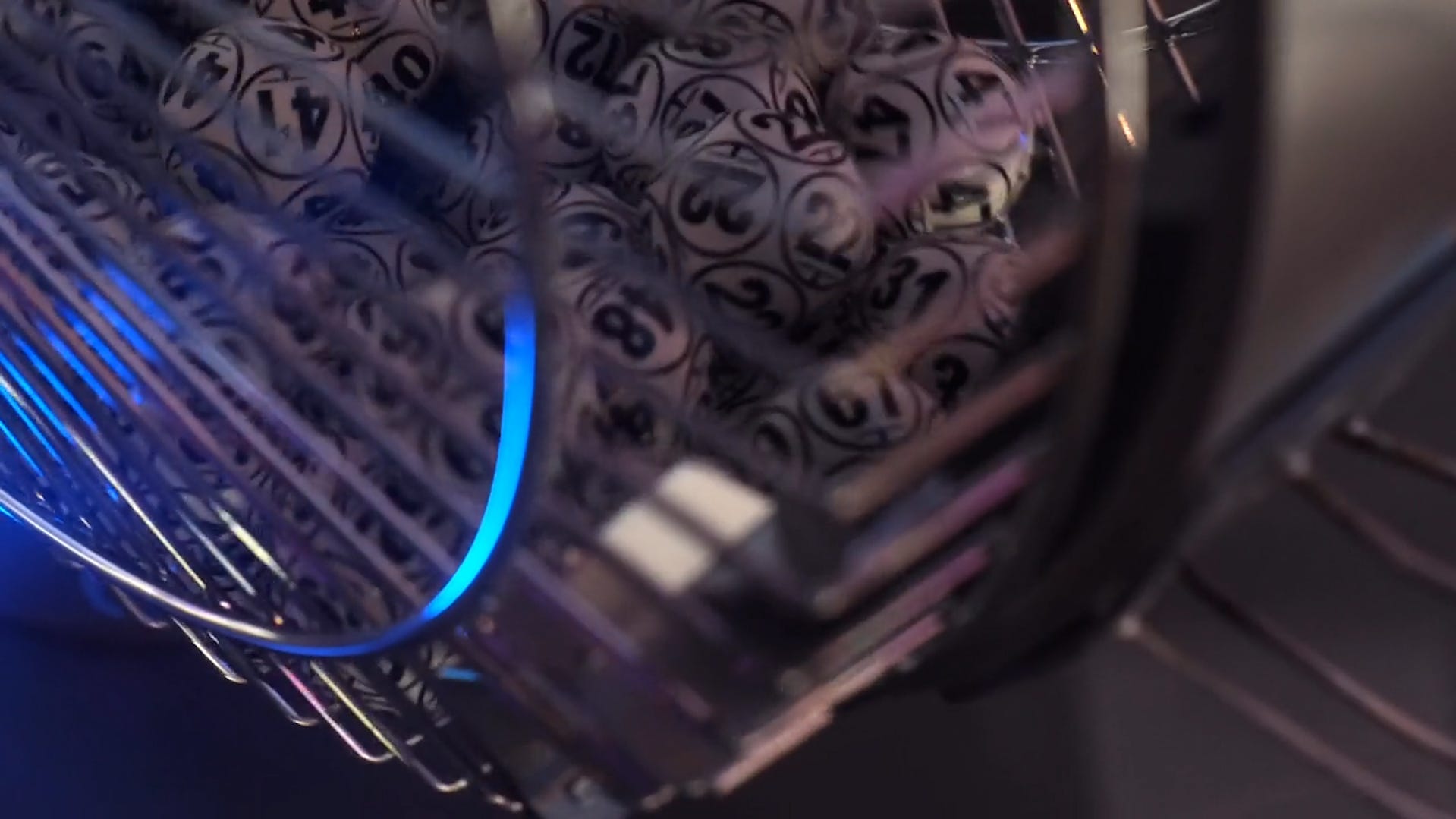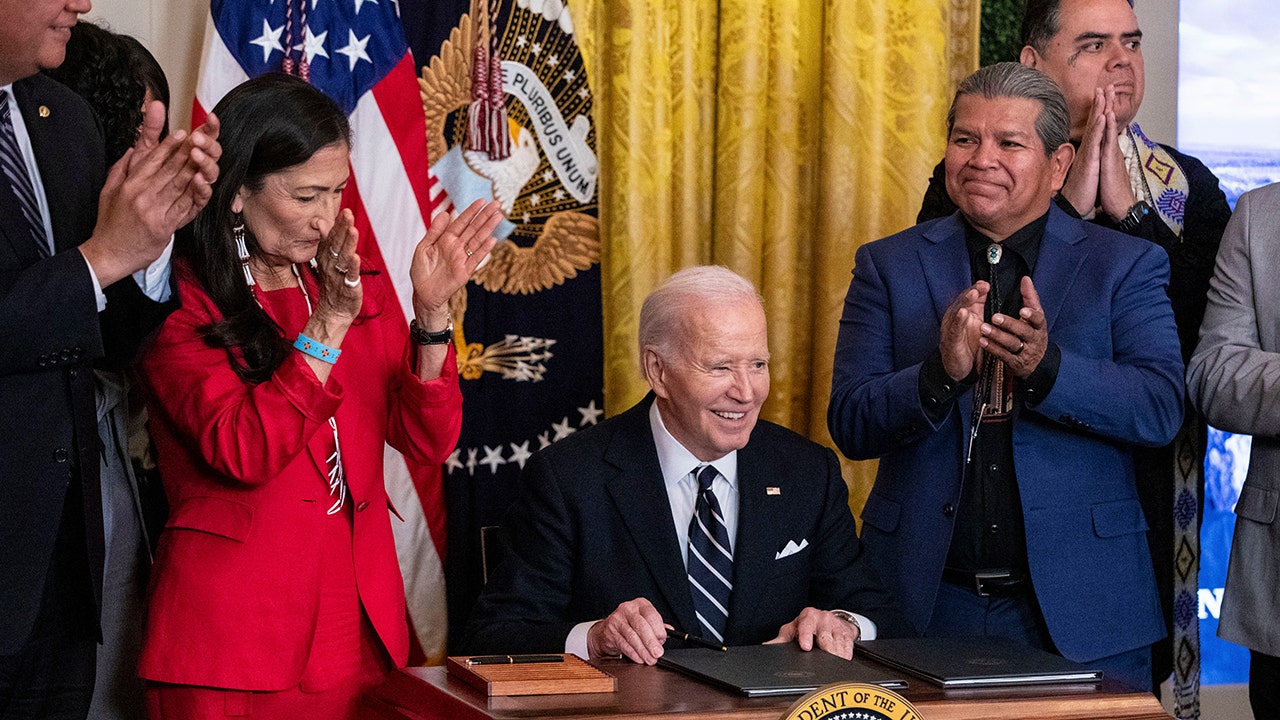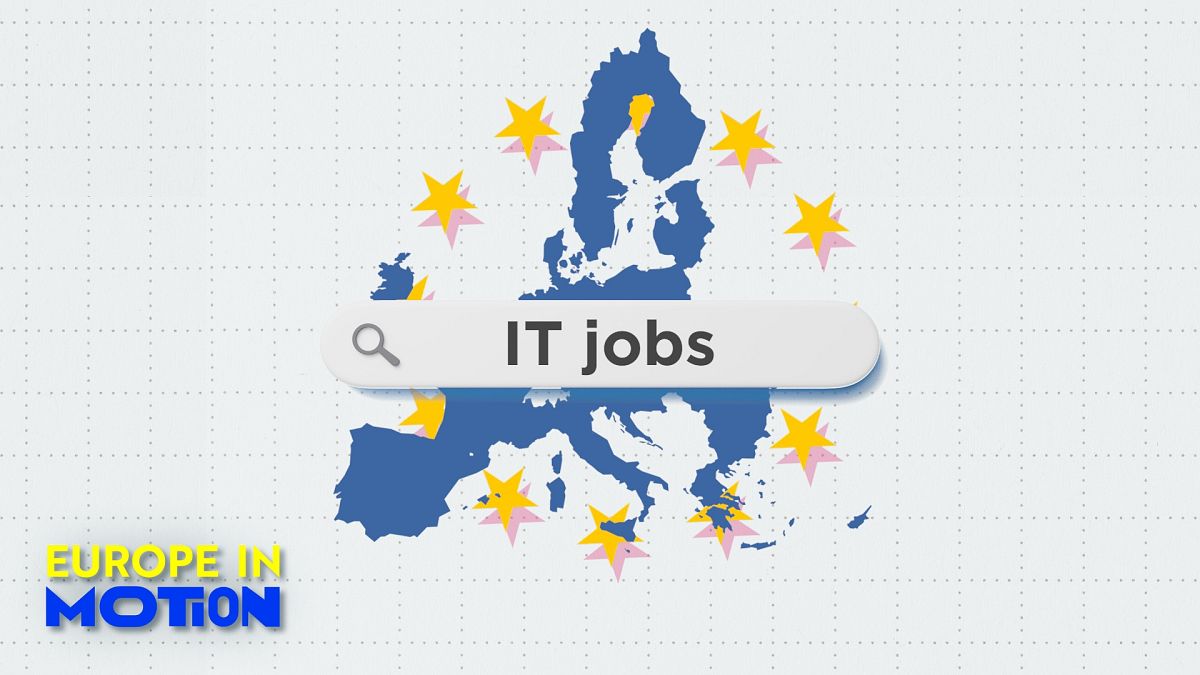If there was one moment in Kamala Harris’s glitzy convention that illustrated how much has changed in US politics — and at what speed — it was a social media post from faraway Mar-a-Lago. “WHERE’S HUNTER [Biden]?” asked the Republican nominee as Harris prepared to take the stage.
That Donald Trump would pick the finale of Harris’s coming out party to lament the absence of Joe Biden’s son was not on most people’s bingo card. Just five weeks ago, Trump was acting as though he had already won the election. There was even talk of a landslide. In what feels like an eye blink, Trump is suddenly the old man running on a familiar script. The frequency with which he targets Biden shows he is still struggling with Harris’s lightning ascent.
To be fair to Trump, Harris is making his adjustment very hard. The Democratic National Convention in Chicago bucked tradition on many levels. The most striking of these was her party’s display of unity. All of the Democratic psychodrama of the last three decades took to the stage — from Bill Clinton, who was elected president in 1992, to Biden, who until last month was vowing he would serve out a full two terms. The star turns were the two Obamas, Barack and Michelle, who were consciously passing the torch to Harris. Even Jimmy Carter, the oldest living US president, who turns 100 in October, let it be known that he wanted to vote for Harris. From the populist left to traditional centrists, Democrats have called a truce on their fissures and personality tensions for the next 70-odd days. They have Trump to thank for that. The spectre of his return has concentrated minds.
Little of this would have worked with the wrong candidate. Harris’s metamorphosis from indifferent vice-president to the source of Obama-scale enthusiasm has caught almost everyone unawares. People did not know she had it in her. To paraphrase the adage, “cometh the hour, cometh the woman”.
It turns out that Harris is a once-in-a-generation natural. She has also learnt from the mistakes of Hillary Clinton in 2016. Though Harris would be the first woman president, and a non-white one too, her identity is not central to her campaign. In 2016, the Clinton campaign had the tagline “I’m with her”, which made it all about the candidate and her historic moment. The Harris campaign’s vibe is to convey that “she’s with you”. Let Trump turn 2024 into an ugly identity battle, is their implicit message. Harris plans to keep talking about the middle class.
She has even managed to corner the market on patriotism. That Harris entered the stage to chants of “USA, USA” from a hall waving the stars and stripes was almost surreal. This is what Republicans do. Obama was criticised in 2008 for not wearing a flag pin. Harris is never without it.
The content of her relatively short address — less than half the length of Trump’s peroration in Milwaukee last month — reflected that. Harris did not try to reach for poetic heights. With a prosecutor’s directness she laid out America’s “fleeting opportunity” to save its democracy. Trump was an unserious person who posed a serious threat, she said. Her pitch was ruthlessly centrist. Gone was any mention of “Medicare for all”, open borders, attacks on the police and across-the-board tax increases. There was no hint of disapproval from her party’s left. Harris pulled off what an acceptance piece should do but rarely does — she wrapped her life story into her campaign’s larger theme: “We’re not going back”.
Even the much-dreaded anti-Israel demonstrations failed to take off. Had Biden still been the nominee, Chicago would probably have reprised the street battles of 1968. But Harris has sufficiently distanced herself from Biden to inject doubt in the minds of the protesters. The US would always have Israel’s back, she said. Yet the scale of suffering in Gaza was “heartbreaking”. Palestinians deserved their own homeland. In the space of two minutes she threaded the needle between two bitterly opposed positions. Even that truce may hold until November 5.
Yet Democratic talk of her impending victory is dangerously premature. Though she has eliminated Trump’s five-point margin over Biden and is now leading by two or three points according to most polls, the gap is still not wide enough. Polls in 2020 badly overstated the level of support for Biden, who only won the electoral college by tens of thousands of votes in a handful of swing states. Republican aversion to taking calls from pollsters, and the nature of the US electoral college, means Harris will have to beat Trump by about five percentage points to be assured of victory. America is still an evenly divided nation.
She has also yet to undergo her biggest test — a televised debate with Trump, which is scheduled for September 10. Given that the last debate in late June led to Biden’s resignation, another game-changer cannot be ruled out. But this looks far more surmountable than a week ago. Harris has unrolled a near flawless opening to her campaign. Politics is usually messier than this. Like Obama’s “hope”, the “joy” that Harris has patented cannot last. But if Chicago is any guide, it stands a good chance of reaching November intact.
edward.luce@ft.com




















/cdn.vox-cdn.com/uploads/chorus_asset/file/25822586/STK169_ZUCKERBERG_MAGA_STKS491_CVIRGINIA_A.jpg)

/cdn.vox-cdn.com/uploads/chorus_asset/file/25821992/videoframe_720397.png)



